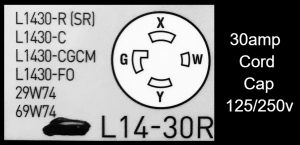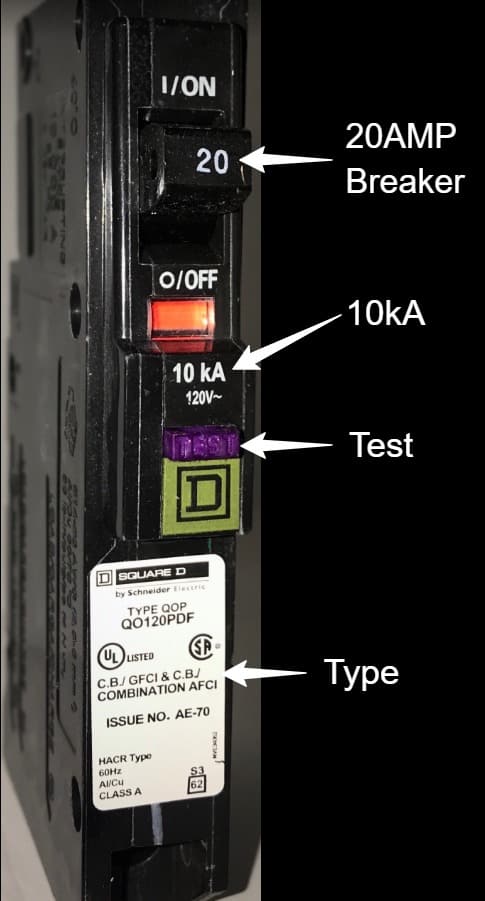DTK-VSPA CATV Surge Protector
DITEK’s DTK-VSPA video surge protector is recommended for applications where AC power is already protected. Ideal for CATV, broadband cable and digital satellite systems.
– F Type connectors to protect a variety of video devices
DTK-120/240 CM+ HVAC and Pool Controls
Multi-purpose surge protective device ideal for protecting HVAC condensers, pool or well pumps, motors and incoming utility power.
– 50,000 Amp Total Surge Current Rating
– Diagnostic LED provides indication of power, ground presence and SPD function
– NEMA 4X weatherproof enclosure
– UL1449 Listed Type 1 SPD
DTK-120/240 XD
“GOOD” for Main Panel or Meter
Designed to protect 120/240V split phase residential electrical panels. Its compact size enables close mounting to the protected panel, minimizing wire length and maximizing performance.
– 100,000 Amp total surge current rating ensures long service life, Compact size enables close mounting to protected panel, minimizing wire length and maximizing performance
– Diagnostic LED indicates system power and SPD function
– UL1449 Listed Type 1 SPD
DTK-120/240 HD2
100kA Surge Protective Device
“BEST” for Main Panel or Meter
120/240VAC Split Phase Surge Protective Device
DITEK’s DTK-120/240HD2 is engineered to be the finest 120/240V surge protector in its class. The DTK-120/240HD2 has robust surge protection components and low let-through voltage in a compact package. LED diagnostics provides positive indication of surge protection status. The HD2 series is perfect for residential or small commercial building surge protection
Product Features
- Protects 120/240V split phase electrical panels
- 100,000 Amp per phase surge current rating
- UL96A Lightning Protection Compliant
- Diagnostic LED provides positive indication of system power and SPD function
- 5 Year $25,000 Residential Connected Equipment Warranty
Applications
- Residential Service Panel
- Light Industrial Service Panel
Accessories
- Flush Mount Kit, p/n DTK-FMKHD2
Manual Transfer switch for 80amp Subpanel with 30amp or 50amp Inlet for Portable Generator
- Controls inside panel only, lights and outlets
- Depends on portable generator size
- Will not control A/C.
- Will include grinder if house has one
- Will require power to be turned off for about an hour by our electrician.
- Cord cap included if needed
- 30amp or 50amp cord cap?
Our Opinions and What Our Customers Have Liked:
- Standard recommend is a 9kW portable generator
- Each home is different as to what it will run.
- This will run window unit but not whole home A/C unit.
- Generator Cords
Need for estimate:
- Pictures of:
- Exterior Electrical Panel showing breakers inside
- Side of house (roof to ground) showing the Exterior Electrical Panel and surrounding area
- Interior Electrical Panel showing breakers inside
- Both of the generator cord ends (if you have a generator cord)
or
Tripping Breakers
In this article:
- What Does GFCI stand for?
- What is the difference between GFCI Breakers vs GFCI Receptacles? VIDEO
- 5 COMMON REASONS YOUR BREAKER IS TRIPPING
- How to read a circuit breaker
- What does my electrician mean by “circuit”?
- How often should I test my GFCI Outlets?
TRIPPING IS A GOOD THING, BUT DON’T IGNORE IT. GFCI and AFCI outlets and breakers are designed to “trip” or stop working when the GFCI’s internal current transformer senses abnormal readings (overload). When a GFCI “trips” it is working as designed. A GFCI outlet measures the power coming in and then returning to your panel as it completes the circuit. It was designed to detect any difference more than 4 or 5 milliamps and to react quickly (less than one-tenth of a second) to shut down any circuit out of this small range. If a person is accidentally exposed to electricity, it is very important to stop the flow of electricity into the body as fast as possible. CONTACT AN ELECTRICIAN IF THE BREAKER TRIPS.
What Does GFCI stand for? Ground Fault Circuit Interrupters. GFCI outlets or breakers should be installed for any area where moisture can be potentially present, examples include kitchen outlets, bathroom outlets, all exterior outlets and garages.
Hual Electric installs GFCI breakers as of Fall 2018 for the kitchen, bathrooms, laundry, garage and exterior areas. See the short video below on the difference between GFCI breakers vs. outlets.
What is the difference between GFCI Breakers vs GFCI Receptacles?
Hual Electric uses Square D GFCI breakers as of fall 2018 for most jobs. The Leviton video below describes the difference well, however, the Square D products will be slightly different.
5 COMMON REASONS YOUR BREAKER IS TRIPPING
A what you should do about it.
1. Overloaded Circuit
Most often, when a GFCI “trips” it is the result of an overloaded circuit or faulty appliance plugged into the outlet or an outlet down circuit. Once the GFCI outlet senses an overload, it trips or “breaks” the circuit.
Before calling an electrician, you may want to try this simple diagnosis:
- NOTE what outlets/lights weren’t working
- UNPLUG all appliances plugged into or down circuit from the GFCI
- RESET THE BREAKER in your panel
- RESET THE GFCI OUTLET, hit the reset button if an outlet on the circuit has one
- TEST
- Plug in an appliance and turn on
- If it trips immediately, reset and try an appliance that wasn’t previously plugged in. Hair dryers make good testers!
- Try all outlets
- If it trips with multiple items plugged in one at a time, call an electrician.
- If it only trips when one item it plugged in, try that item on another circuit.
- The item appears to be the issue.
- You may find you’ll need to replace the items causing the problem.
- If it trips with more than one item plugged in, you could be overloading the circuit.
- Try the same load on another circuit. If it trips that one as well, you are plugging in to much.
- If the problem keeps reoccurring, you may need a new dedicated circuit and outlet that can handle the amperage required by the appliances.
2. Moisture in the Receptacle Box
The accumulation of moisture is another major cause of GFCI tripping. Outdoor installations are the most vulnerable and rain is the most common culprit. However, due to the tropical climate of Florida, high humidity can also cause moisture buildup and make it harder for any water trapped in a receptacle box to evaporate.
- Turn off breaker
- Inspect outdoor receptacles/light fixtures for moisture.
- The box must be dry before you attempt to reset the GFCI. Give is time to dry out… typically 24-48 hours.
- Silicone Maintenance
- Check the silicone on the sides and top of the outdoor receptacles. It is standard home maintenance to re-seal as needed. DON’T silicone the bottom! Moisture needs to be able to drain.
- For new homes, re-sealing the box is common in the first year.
- Use a 100% waterproof & weatherproof CLEAR Window & Door silicone sealant found at the local hardware store.
- Sprinkler or Pressure Washer
- Check if a sprinkler may be hitting it… including your neighbors 😉
- If you’ve recently pressure washed the house, check for water accumulation in all receptacles/light fixtures and the circuit.
3. Ground Fault Occurrence
Ground faults occur when the hot wire or live wire comes into contact with the ground wire or the grounded area of an appliance. Usually, GFCIs function by detecting when the current is flowing along an unintended path (e.g. through water or a person).
The instant GFCI detects there is even the slightest of current leakage as low as 0.005 Amps, it trips right away.
How do you determine if the current is leaking? Unplug everything on that circuit and make sure all the switches are off. Check for any wear that may have occurred to the equipment. Any slight damage means the electrical part is no longer protected from the contact.
4. Electrical Fault
If your GFCI outlet trips consistently, it could be an electric fault resulting from faulty structural wiring. An electrical outlet connected to the same circuit could also be the source of the problem, especially if it was not part of the original wiring of your home. In the case of an electrical fault, you will need a professional electrician to fix the problem.
5. Faulty GFCI Outlet or Breaker
If you’ve tried all else and the GFCI outlet reset doesn’t solve the problem, that means outlet itself is defective. GFCI have highly responsive internal circuitry to detect whenever there’s a flaw in the electric system. With time, the sensitive circuitry wears out, rendering the outlet dysfunctional. In this case, the outlet will need repairing or even replacing and should be done by a qualified electrician.
How to read a circuit breaker
Amperage
The amperage on our SquareD breakers is shown on the handle. Typical sizes are 15, 20, 30 and 50 amps.
10kA or 22kA
10kA is the fault current rating of the breaker, not the normal load rating. Remember that a circuit breaker is a protective device. What the 10kA means is that that that breaker is capable of interrupting a 10kA short circuit current. Residential breakers will have a 10kA. THIS IS NOT THE AMPERAGE OF THE BREAKER.
What does my electrician mean by “circuit”?
All electricity attempts to return to its original source. In other words, when an electrician refers to a circuit, he is talking about electricity leaving your panel, flowing through the insulated wires in your house to supply power to any energized items and then following a return path back to the panel. Circuit simply refers to a roughly circular route that starts and finishes at the same place…in this case, your electrical panel.
Check out this article for more detailed information: CWC Electric How Do GFCI Outlets Work & What Causes A GFCI to Trip?
How often should I test my GFCI Outlets?
All man-made objects have a lifespan and eventually wear out. It is recommended that all GFCI’s should be tested monthly to ensure they are operating correctly. Simply push the TEST button to turn power off to the circuit which should cause the RESET button to pop up. You will need to hit RESET to turn the GFCI back on. Do not assume that because an outlet is working that the GFCI protection is in effect. Newer GFCI outlets have an interlock to prevent the outlet from working if the GFCI protection fails however older GFCI outlets do not have this built-in failsafe.
Most often, when a GFCI “trips” it is the result of a faulty appliance plugged into the outlet or an outlet down circuit. Before calling an electrician, you may want to try this simple diagnosis: Unplug all appliances plugged into or down circuit from the GFCI, reset your GFCI by pushing the button in the center of the outlet and then plug the appliances back into the GFCI one at a time and turn them on to see if any of the appliances are causing the appliance to “trip”. If you plug in your coffee maker and the GFCI immediately trips, it is likely you have a faulty appliance and the GFCI is operating as designed.
Troubleshooting a Square D QO CAFI Breaker
TIME SAVER Diagnostics Brochure-Circuit troubleshooting at a glance
👷UNDER CONSTRUCTION 👷
In new homes, may be because LEDs are very sensitive to the flow of electricity so something like the AC or a printer is effecting it.
– What’s running when it flickers?
– Which lights are affected?
– Is it a slight flicker, minor dim or something more drastic?
– If whole house, has Gulf Power checked it yet? (Rule that out first to reduce cost for HO if it’s something GP can fix)
– Are the bulbs loose (be careful, might be hot!)
– Are the bulbs compatible with fixture? (LED or dimmable compatibility)
– Any recent work done or changes?
https://www.cnet.com/how-to/flickering-lights-check-these-common-culprits-first-why-help-fix/

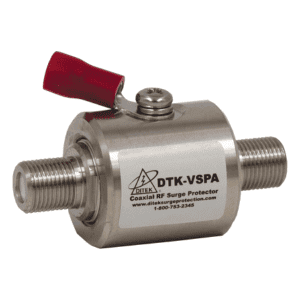
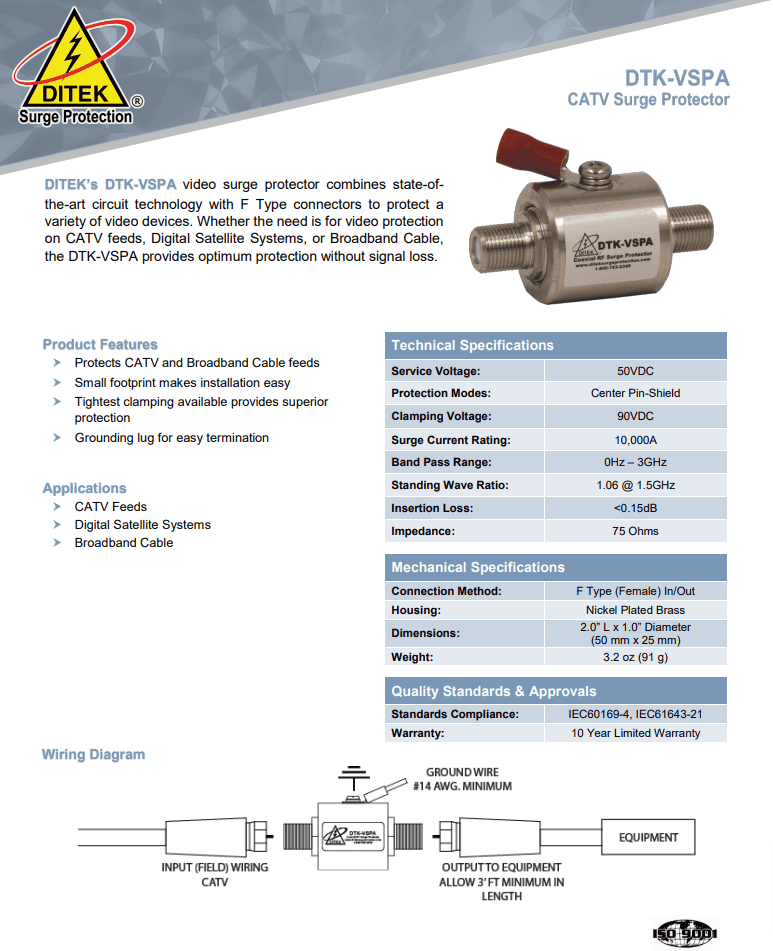
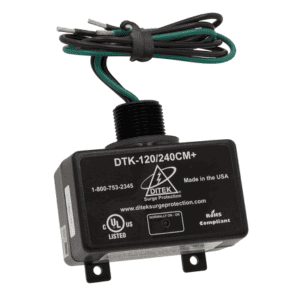
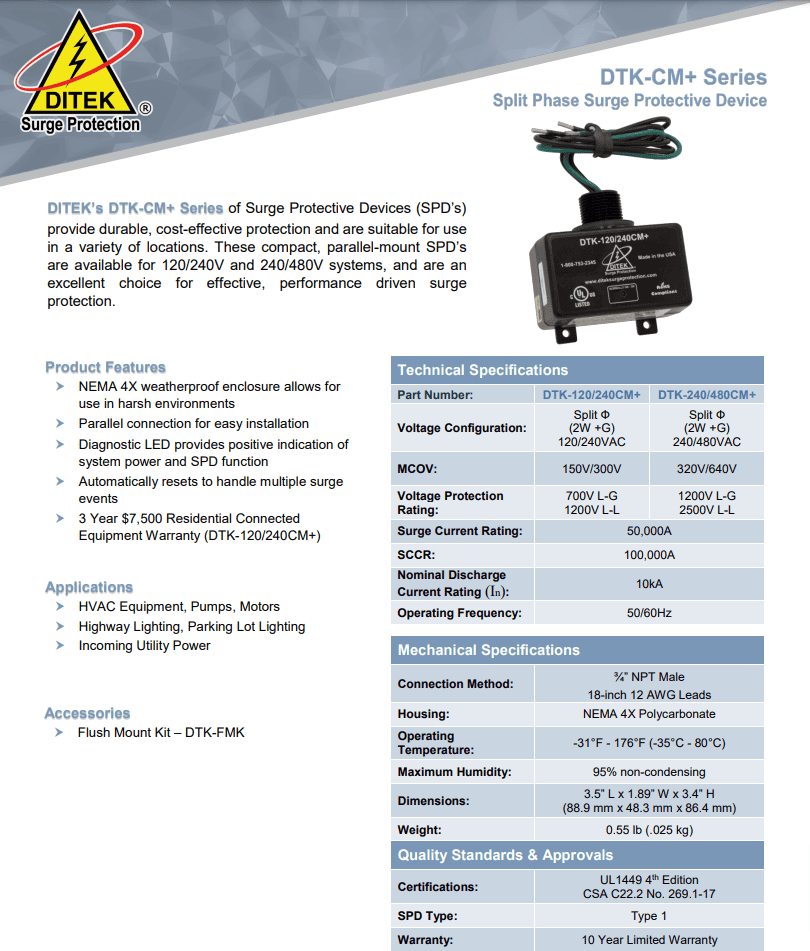
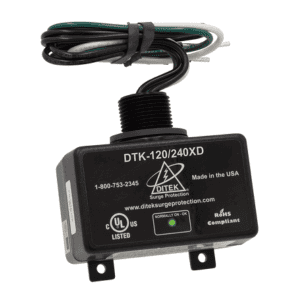
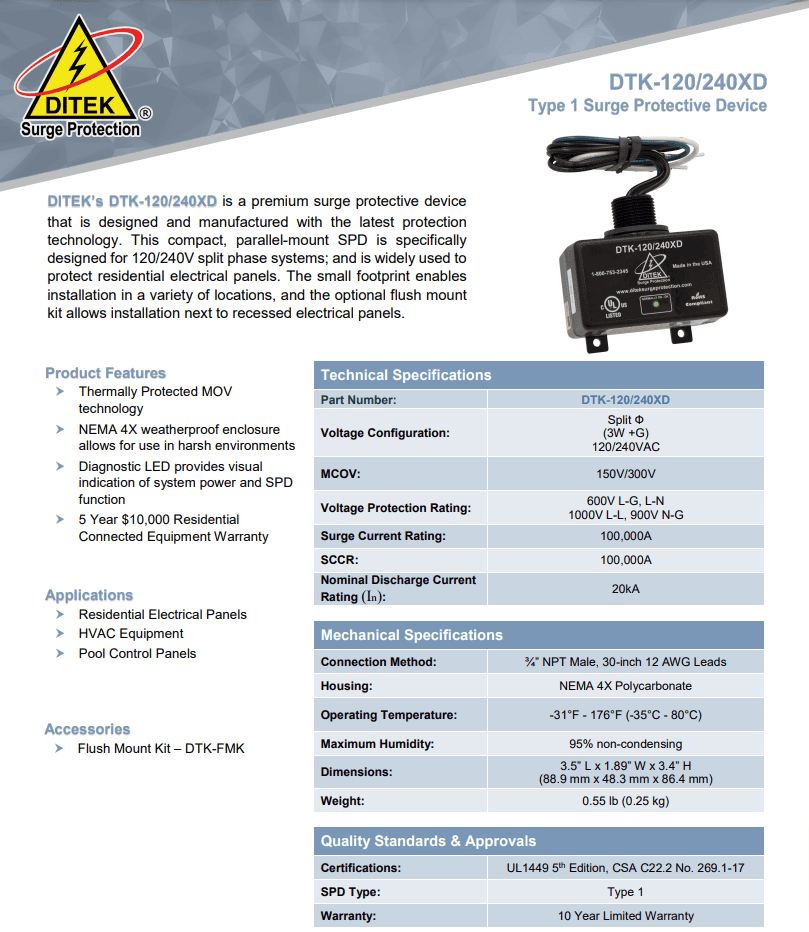
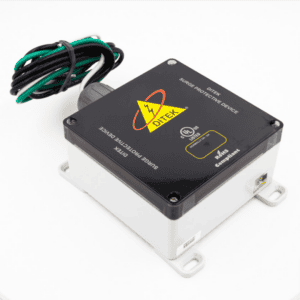
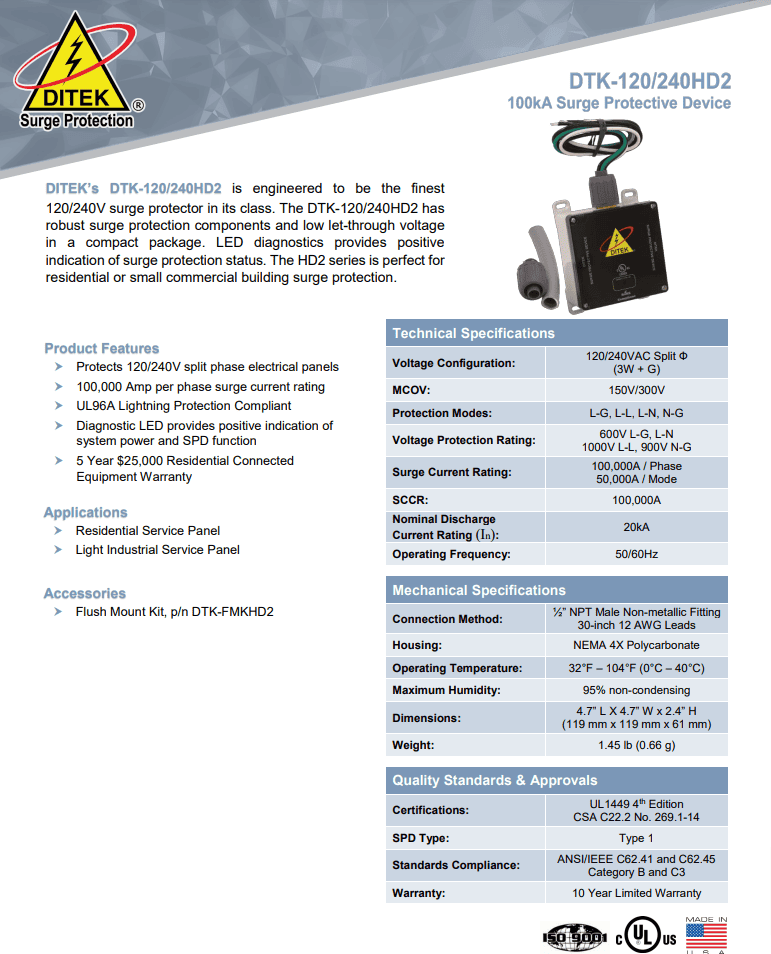
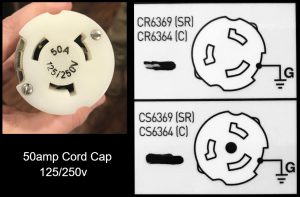 or
or 